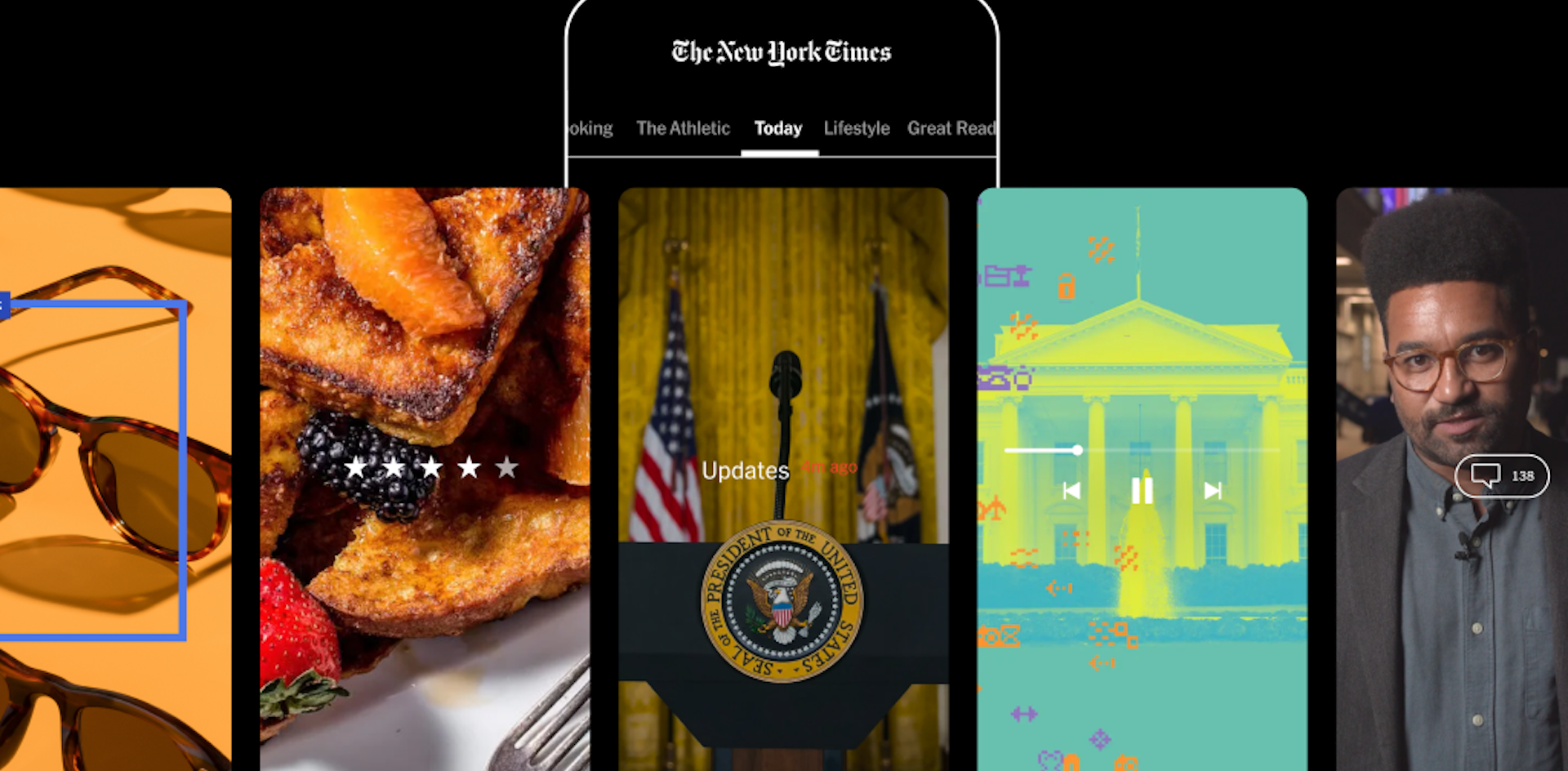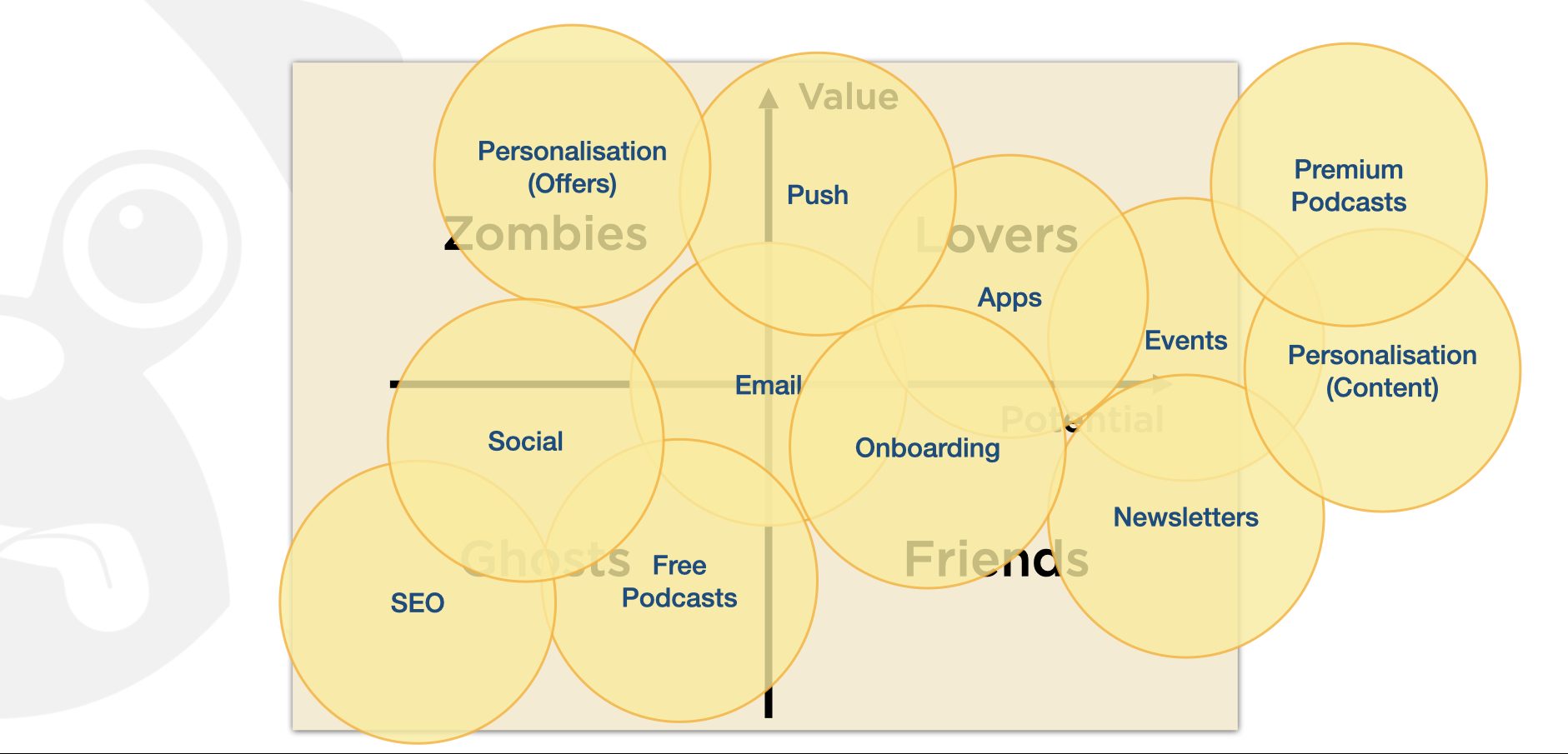
Newsletter
Newsletter
We look at what the results of an American Press Institute study into younger people’s propensity to pay for news means for publishers.
13th July 2023

In the Pugpig weekly media bulletin, Pugpig’s consulting services director Kevin Anderson and digital growth consultant James Kember distill some of the best strategies and tactics that are driving growth in audiences, revenue and innovation at media businesses around the world.
Recently in this bulletin we’ve focused a lot on an existential threat facing news organisations: They cannot get young people to pay for their product. Even in Scandinavia where the number of subscribers per capita is much higher than elsewhere in Europe and North America, young Norwegians don’t like paying for news.
This week a blog post from INMA analysed data from American Press Institute and had an interesting take on the issue of paid-news adoption amongst Millennials and Gen Z. The research concluded that young people were twice as likely to pay for or donate to email newsletters, video blogs, or audio podcasts from independent creators than pay for newspapers in print or digital. 51% of Gen Z (24 and younger) paid for or donated to news, either online, or broadcast, or in print, rising to 63% amongst young Millennials (25 to 31 year-olds) and 67% of older Millennials (32 to 40 year olds). However, we know that relatively few Gen Z pay for subscriptions from established publishers. As INMA states, the problem isn’t to get them to pay for news, but rather to get them to pay for traditional news sources.
This perspective challenges the general assumption that the barrier to getting younger users to pay for news has been created by the high volume of free content accessible on social platforms and free news sites. Instead it suggests that the issue that news brands face is an inability to present their value to Gen Z and Millennials. API found people younger than 40 are more than twice as likely to pay for or donate to e-mail newsletters, video, or audio content from independent creators (47%) than to print or digital newspapers (22%).
API’s data suggests that the near 50% of top news publishers that are now regularly publishing content on TikTok might be on to something. Although, as December’s report form the Reuters Institute cautions there’s “no single recipe for success on TikTok” and it remains notoriously hard to monetise. But when viewed as a brand building exercise it could be of benefit.
However, INMA’s evaluation of marketing theory warns against putting too much focus on the youngest age group. They highlight that the riskiest expansion strategy for growth into new markets targets the ‘far core’ segments – i.e. those that are most different from the current audience. In this case, that’s probably Gen Z. They propose a lower risk approach which would focus on the ‘core adjacent’ group, i.e. older millennials. In reality, most publishers will probably look to do both.
Moreover, a recent study by City University in London and Munich’s Ludwig-Maximilians-Universität München featured in this bulletin explored the best pitch to convince users to pay for news. Subscription messaging that highlighted the precarious financial state of the news industry combined with asserting the value of journalism was shown to be the most effective. Publishers should consider how they can bring this message onto platforms that are used by younger people.
As the API report concludes, news media organisation “can learn from the appeal and approach of independent creators” and should evaluate whether it’s the authenticity of individual voices, the format and style of content or the payment methods that appeal to younger age groups.
At Pugpig consulting we are helping publishers build subscription strategies specifically focused around audience demographics. if you would like to discuss how we can help you, please get in touch.
Here are some of the most important headlines about the business of news and publishing as well as strategies and tactics in product management, analytics and audience engagement.

Newsletter

Newsletter

Newsletter

Newsletter

Newsletter